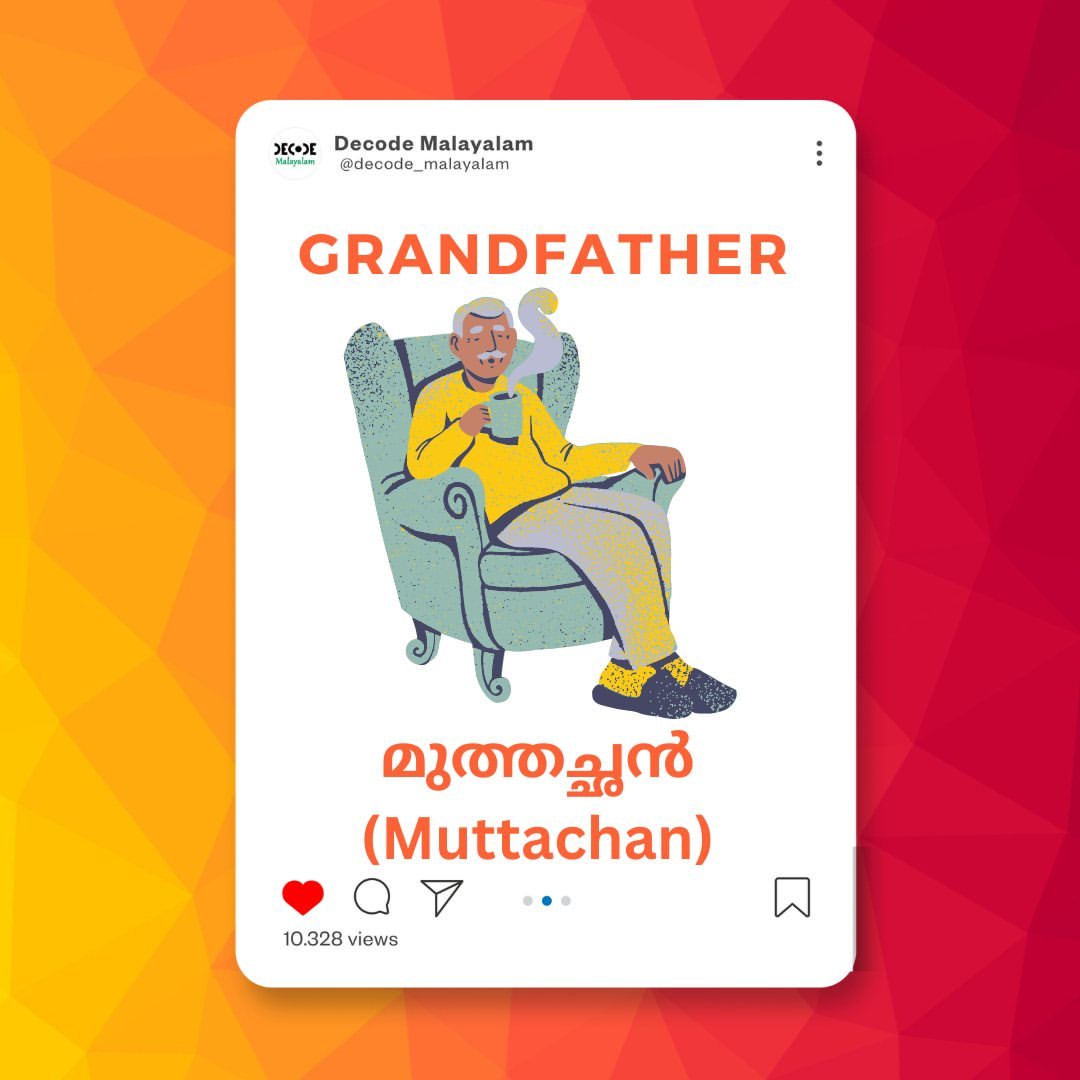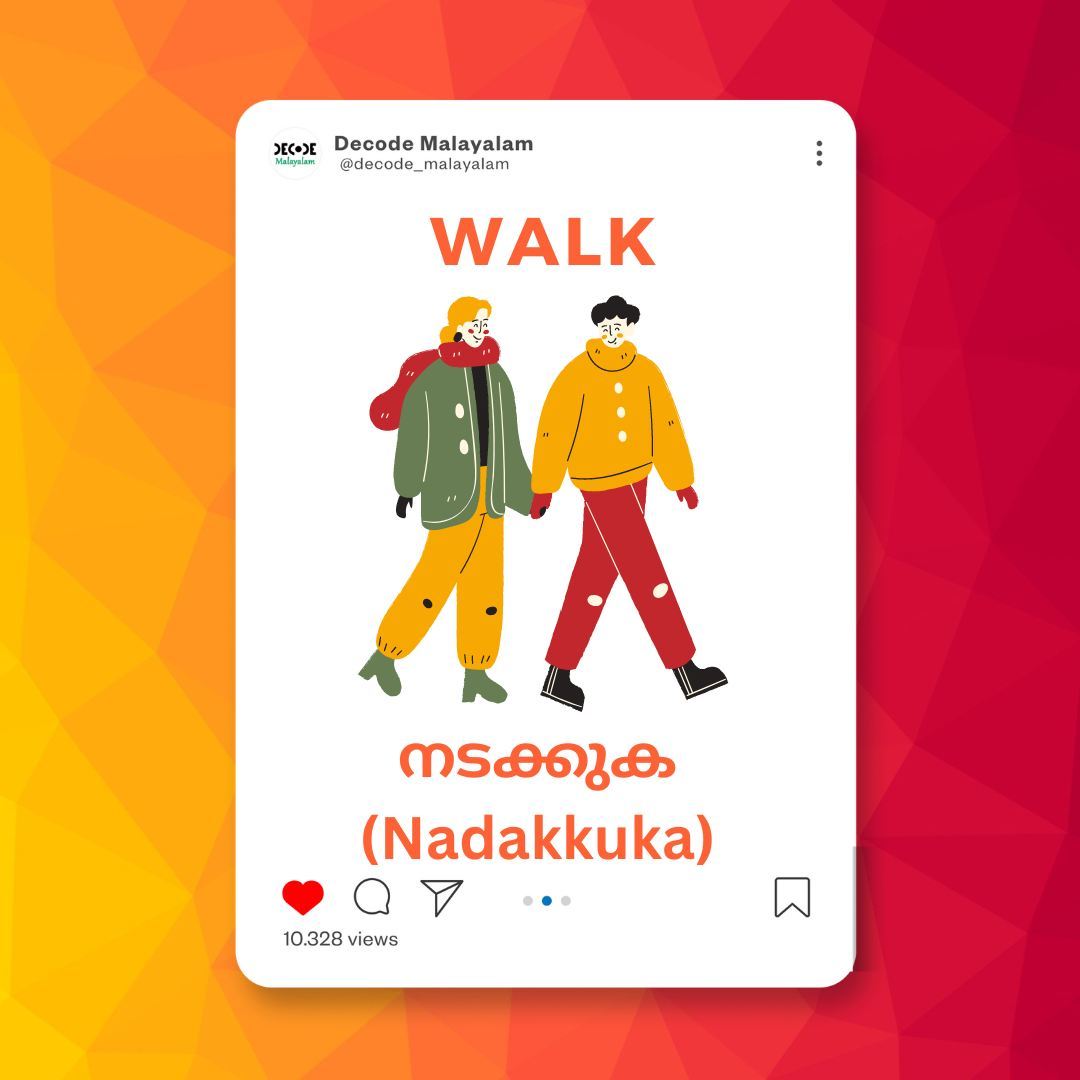Kerala, known as “God’s Own Country,” is not just a paradise of lush greenery and tranquil backwaters but also a treasure trove of historical landmarks. These monuments and sites narrate tales of a rich cultural past, colonial encounters, and architectural marvels. For history buffs and travel enthusiasts alike, learning about these historical landmarks in Kerala offers a glimpse into the state’s illustrious heritage.
An Overview of Historical Landmarks in Kerala
Steeped in history and culture, Kerala has been a melting pot of various civilizations. From the ancient Chera dynasty to the Portuguese, Dutch, and British colonial periods, each era has left its indelible mark on the land. Historical landmarks in Kerala provide an opportunity to journey through time and explore the region’s past. Let’s delve into some of the most significant historical sites that every traveler must visit.
1. Mattancherry Palace

Also known as the Dutch Palace, Mattancherry Palace in Kochi is a fine example of Kerala’s architectural brilliance combined with colonial influences. Built by the Portuguese in 1555 and later renovated by the Dutch, this palace is renowned for its stunning murals depicting scenes from the Ramayana and Mahabharata. The palace also houses an impressive collection of artifacts and portraits of Kochi’s former rulers.
Why Visit?
- Historical Significance: A blend of European and traditional Kerala architecture.
- Art and Culture: Home to some of the finest temple murals in India.
2. Fort Kochi
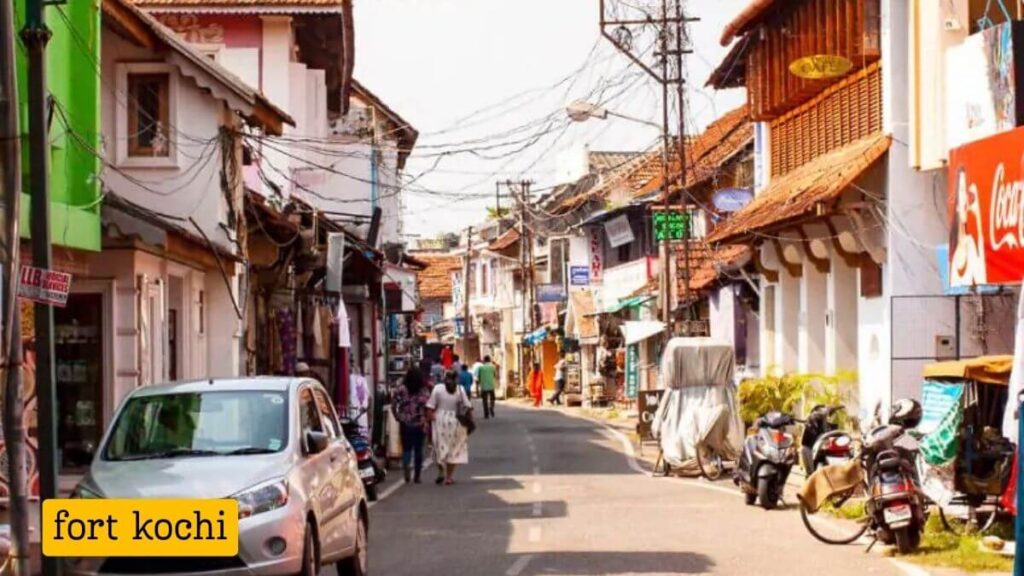
Fort Kochi, with its quaint streets and colonial buildings, is a historical landmark that exudes old-world charm. The Fort Kochi area includes the iconic Chinese fishing nets, St. Francis Church (the oldest European church in India), and the Indo-Portuguese Museum. Walking through Fort Kochi feels like stepping back into a time when spice trade was flourishing and European settlers were establishing their colonies.
Why Visit?
- Cultural Fusion: Witness the blend of Indian, Portuguese, Dutch, and British cultures.
- Architectural Marvels: Explore centuries-old churches, buildings, and traditional homes.
3. Bekal Fort
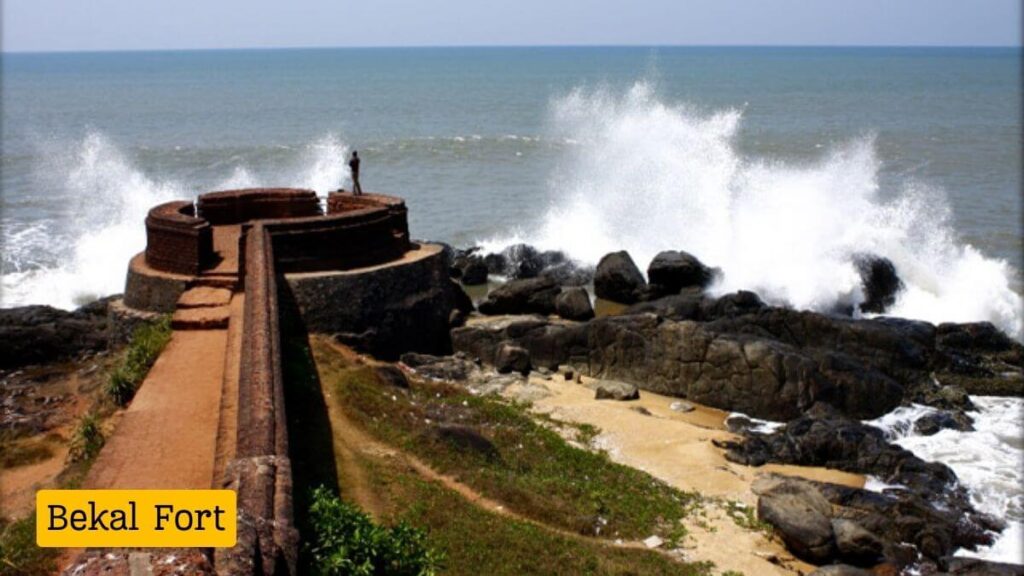
Perched on the shores of the Arabian Sea in Kasaragod, Bekal Fort is one of the largest and best-preserved forts in Kerala. Built in the 17th century by Shivappa Nayaka of the Keladi dynasty, this fort offers panoramic views of the sea and surrounding landscape. The fort’s imposing structure, complete with observation towers and underground passages, makes it a must-visit for history enthusiasts.
Why Visit?
- Scenic Beauty: Stunning views of the Arabian Sea and lush greenery.
- Architectural Wonder: An excellent example of military architecture.
4. Padmanabhapuram Palace
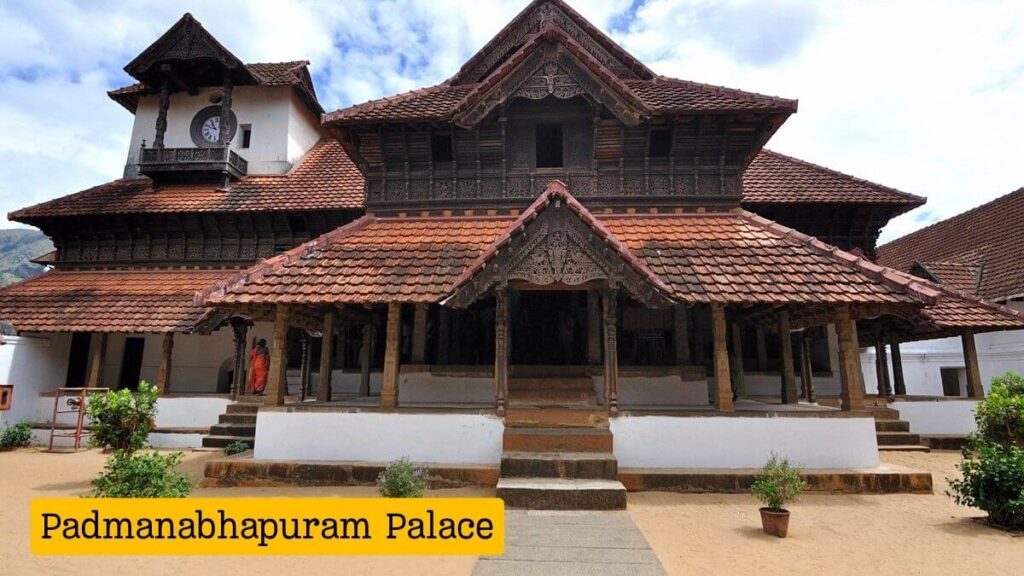
Situated in Thuckalay, near the Kerala-Tamil Nadu border, Padmanabhapuram Palace is a wooden architectural marvel. This 16th-century palace, once the seat of the Travancore rulers, is known for its intricate woodwork, murals, and exquisite carvings. The palace complex includes various structures such as the Thai Kottaram (Mother’s Palace), Natakasala (the hall of performance), and a four-story central mansion.
Why Visit?
- Architectural Excellence: Marvel at traditional Kerala woodwork and design.
- Historical Importance: Learn about the lifestyle and governance of the Travancore rulers.
5. Thalassery Fort

Located in the town of Thalassery, this fort was constructed by the British East India Company in 1708. Thalassery Fort played a crucial role in the British colonial trade and military strategies. The fort, with its massive walls and secret tunnels, overlooks the Arabian Sea and offers a peek into the region’s colonial past. The fort’s vicinity also includes the Holy Rosary Church and the lighthouse, adding to its historical charm.
Why Visit?
- Colonial History: Understand the British impact on Kerala’s history.
- Scenic Views: Enjoy breathtaking views of the Arabian Sea.
Practical Tips for Exploring Historical Landmarks in Kerala
Exploring historical landmarks in Kerala can be a richly rewarding experience. Here are some practical tips to make the most out of your visit:
1. Plan Your Visit: Research and plan your itinerary to cover as many historical sites as possible. Kerala’s rich history is spread across the state, so having a well-planned route helps.
2. Local Guides: Hiring local guides can provide deeper insights and stories about the landmarks, enhancing your experience.
3. Cultural Sensitivity: Respect the local customs and traditions. Dress modestly and follow any specific guidelines provided at the sites.
4. Photography: While photography is allowed at most sites, ensure you check for any restrictions, especially in areas with murals and artifacts.
5. Learn Malayalam: Engaging with the local community can enrich your visit. Learning basic Malayalam phrases can go a long way in building rapport and understanding the cultural context better.
Learning Malayalam Online: Practical Tips
If you’re planning to delve deeper into Kerala’s culture, learning Malayalam is a great step. Here are some practical tips to get started:
1. Online Courses: Enroll in reputable online courses such as Decode Malayalam, which offer structured lessons and interactive sessions.
2. Language Apps: Utilize language learning apps like Duolingo or Memrise to practice daily.
3. YouTube Tutorials: Watch Malayalam language tutorials on YouTube for visual and auditory learning.
4. Practice with Locals: Engage with native speakers through language exchange platforms or social media.
5. Consistent Practice: Dedicate a few minutes daily to practice reading, writing, and speaking Malayalam to build your proficiency over time.
Conclusion
Kerala’s historical landmarks are not just tourist attractions but gateways to understanding the rich and diverse heritage of this beautiful state. From the Portuguese-influenced Mattancherry Palace to the British-built Thalassery Fort, each site tells a unique story of Kerala’s past. Visiting these landmarks offers an immersive experience, allowing you to travel back in time and witness the grandeur of ancient and colonial eras.
Learning Malayalam can significantly enhance your experience as it allows deeper engagement with the local culture and people. Platforms like Decode Malayalam provide excellent resources to start your language learning journey. Embrace the opportunity to connect with Kerala’s heritage on a more profound level and enrich your travels with the gift of language.
Read More :



